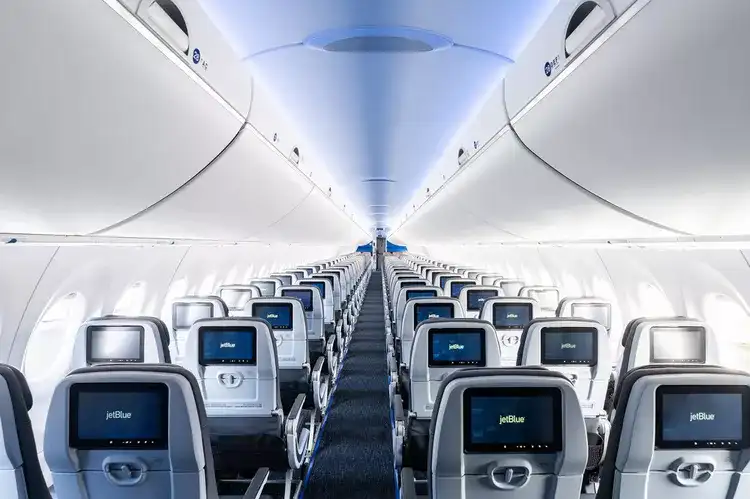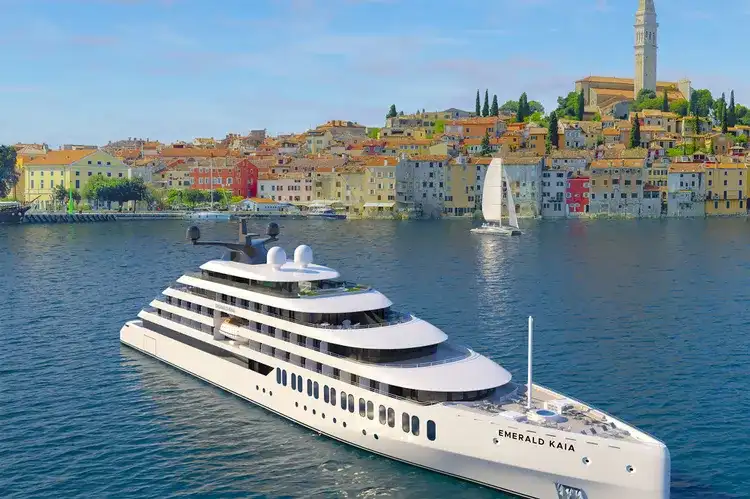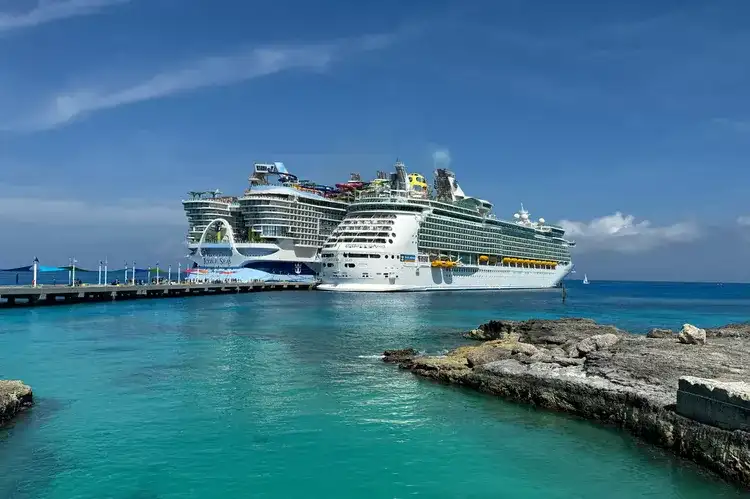Choosing the right airfare class can be as important as picking your airline. While basic economy and main cabin might seem nearly identical at first glance — especially if you’re just looking to get from A to B — the reality is more nuanced. Differences in flexibility, comfort, and convenience can shape your entire travel experience.
What Sets Main Cabin and Basic Economy Apart?
The primary distinction lies in what’s included — or excluded — from each fare type. From seat selection and bag allowance to upgrade eligibility and ticket flexibility, these two economy classes offer different perks and limitations. We spoke with travel expert Katy Nastro from Going to break down the pros and cons of each, so you can book with confidence.
Main Cabin: The Standard Economy Experience
When you book a main cabin ticket, you’re buying into the classic economy experience — not luxurious, but dependable. You’ll typically be allowed a carry-on bag and one personal item. Depending on the airline or if you hold elite status or a co-branded credit card, you might even get a checked bag for free.
Seat selection is generally included, and you can make flight changes, although rules vary. You’ll also enjoy basic inflight services like drinks, snacks, and entertainment — depending on the route and aircraft.
Basic Economy: Budget-Friendly, but With Trade-Offs
Basic economy is a stripped-down version of the standard fare. It’s the cheapest option on most flights, ideal for travelers whose top priority is price. You’ll still be seated in the same cabin and receive the same inflight service, but the similarities mostly end there.
Expect limited baggage allowance — often just one personal item — no seat selection, and minimal change flexibility. Plus, basic economy passengers usually board last and may miss out on mileage accrual or upgrades, even with elite status.
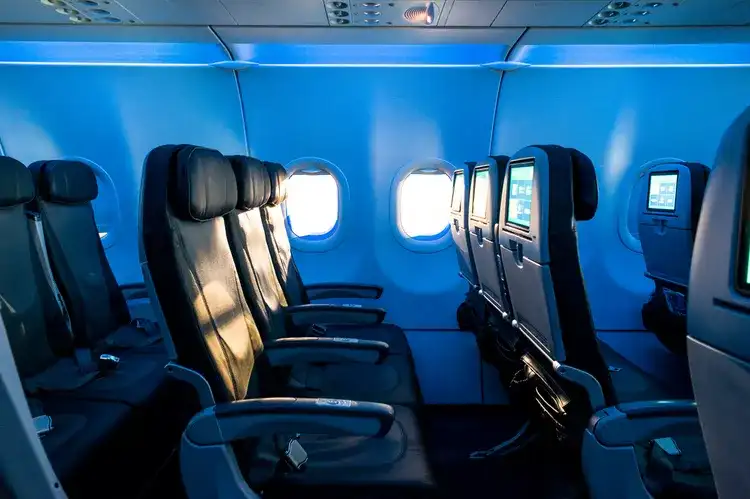
Side-by-Side: Comparing Main Cabin and Basic Economy
While the seat and onboard amenities may look the same, what happens before boarding — and at the gate — tells a different story.
- Price: Basic economy fares are generally $49 to $80 cheaper than main cabin fares, according to NerdWallet.
- Seat Selection: Main cabin allows you to choose your seat in advance. Basic economy does not — you’re assigned one at check-in or at the gate.
- Bag Policy: Main cabin usually includes a carry-on and a personal item. Basic economy varies by airline and route, with stricter limitations — some airlines permit only one personal item.
- Changes & Cancellations: Main cabin offers more flexibility, while basic economy often does not allow changes. If allowed, change fees may apply.
- Boarding Order: Basic economy passengers typically board last unless they hold airline status or use a branded credit card.
- Upgrades: Main cabin tickets offer a chance at free upgrades with status. Basic economy tickets are usually ineligible.
What You Get Onboard
In terms of inflight service, both fare types deliver a nearly identical experience. You’ll have access to the same snack and drink offerings, inflight entertainment, and Wi-Fi availability. The primary downside to basic economy seating is often location — middle seats near the rear of the plane.
Bag Fees: Know Before You Go
Planning to bring a carry-on? Make sure your ticket allows it. With basic economy, baggage rules differ by airline:
- American Airlines: Carry-on and personal item included.
- United Airlines: Only a personal item allowed for most U.S. domestic routes — no carry-on unless you’re flying internationally.
In both fare types, you risk having to gate-check your carry-on if overhead bin space runs out — especially as a later boarding passenger in basic economy.
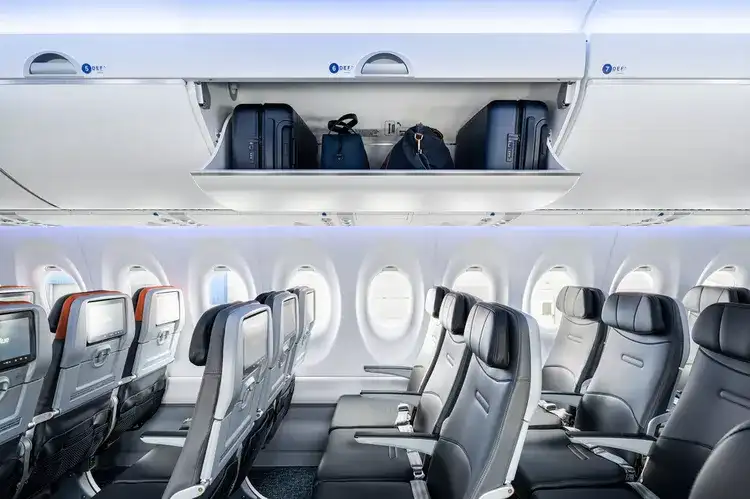
Seat Upgrades and Loyalty Perks
If you’re hoping for an upgrade, book main cabin. While complimentary upgrades are rare these days, main cabin tickets at least give you a chance if you have airline status. Basic economy passengers are typically ineligible for any type of upgrade — even if they’re top-tier elite members.
Flight Changes: Flexibility Matters
Basic economy is rigid. Most tickets are non-refundable and can’t be changed — not without a hefty fee, if at all. For instance, canceling JetBlue’s Blue Basic ticket can cost up to $200 depending on your route. On the other hand, main cabin tickets generally come with more flexibility, often allowing free changes on major U.S. airlines.
When to Choose Which
According to Nastro, basic economy is best for travelers with set plans and no need for extra perks. “If you just need to get from point A to B, more often than not, you are just fine with a basic economy ticket,” she says.
However, if you’re booking a few months in advance, or if there’s any chance your plans might change, main cabin is the smarter bet. “Having the flexibility to rebook without penalty means you can change your plans without additional cost,” Nastro explains.
The Bottom Line
Choosing between basic economy and main cabin comes down to your priorities. If you’re chasing the lowest fare and traveling light on a fixed schedule, basic economy will likely meet your needs. But if you value flexibility, the ability to choose your seat, or earn miles, then main cabin is well worth the added cost.
Either way, understanding the fine print can help you avoid surprises — and make sure your trip starts off on the right foot.


